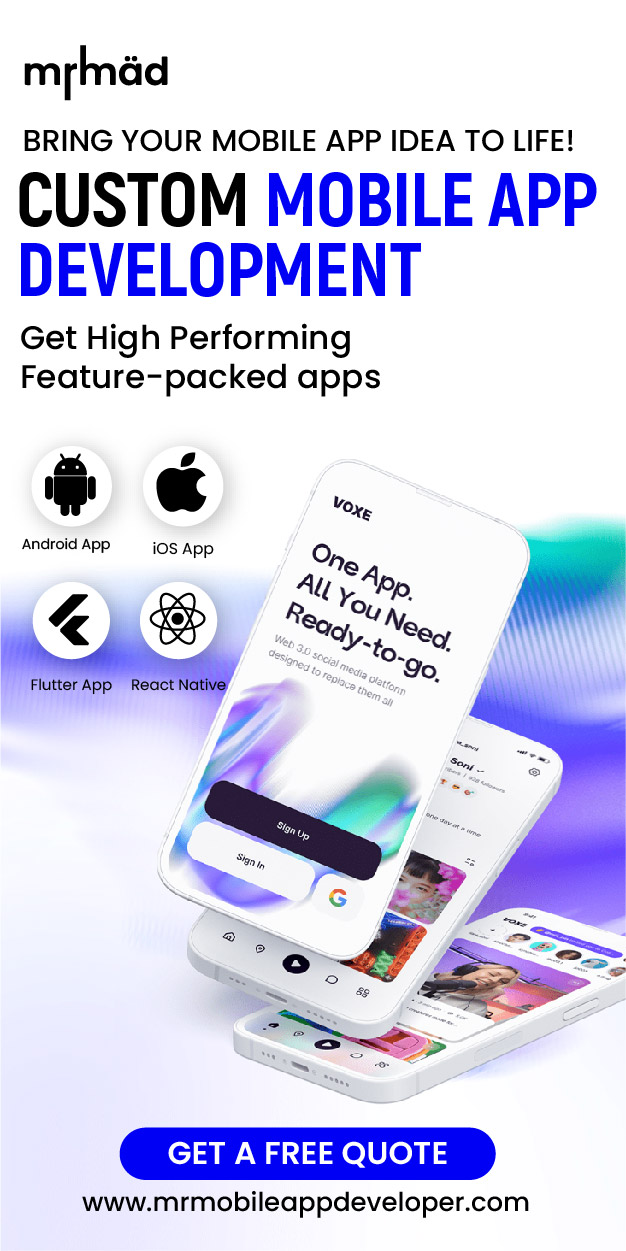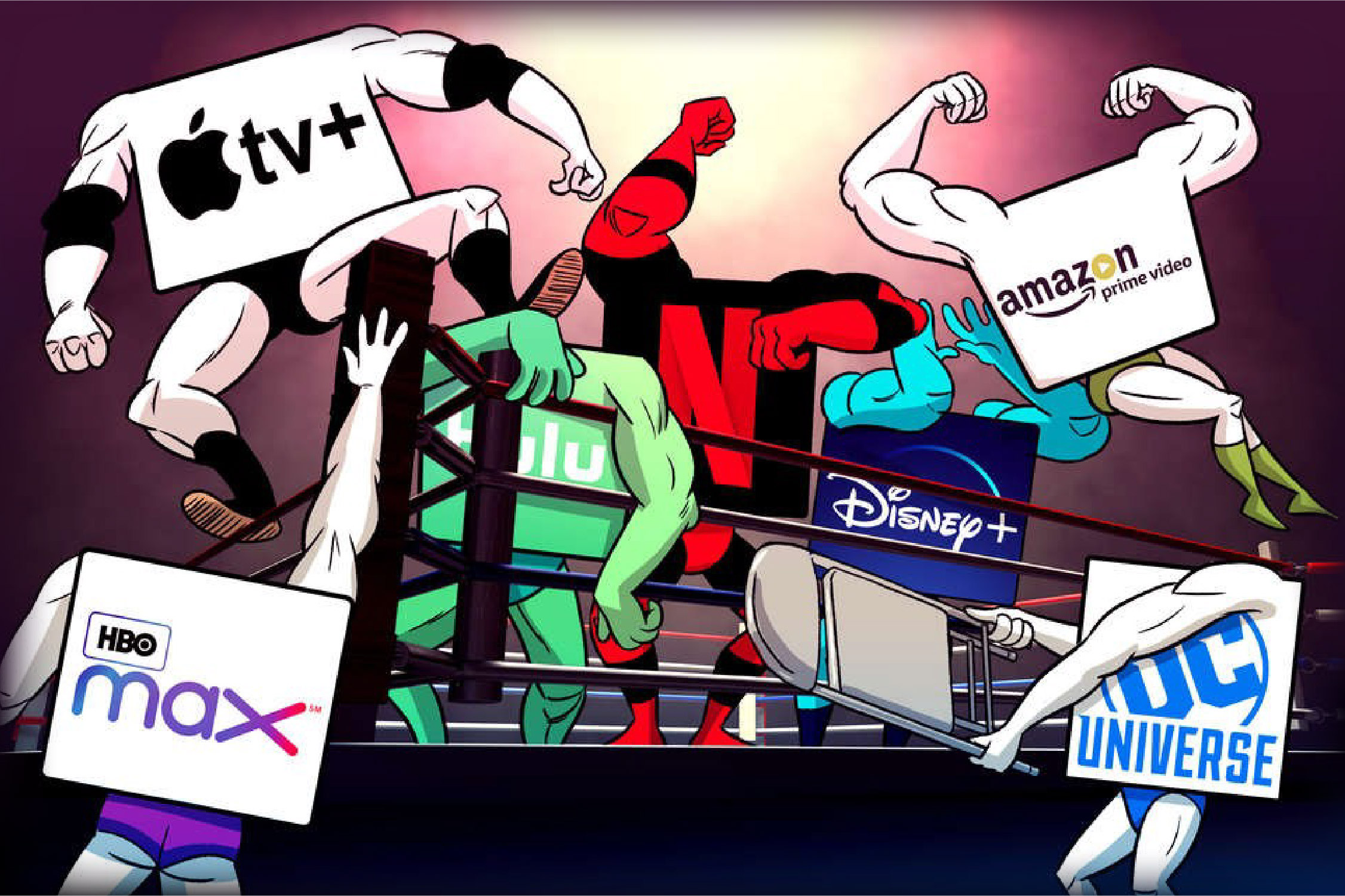Subscription Models on OTT Platforms: What Works Best?
In recent years, Over-The-Top (OTT) platforms have transformed how people consume media. With the growing demand for on-demand content,

In recent years, Over-The-Top (OTT) platforms have transformed how people consume media.
With the growing demand for on-demand content, streaming services like Netflix, Amazon Prime Video, Disney+, and others have adopted various subscription models to cater to a wide range of audiences.
These models not only allow platforms to generate revenue but also give users flexibility in choosing how they access content. This article explores the different subscription models on OTT platforms, analyzing what works best for both users and service providers.
Understanding Subscription Models on OTT Platforms
OTT platforms generally offer three primary types of subscription models:
- Subscription Video on Demand (SVOD): Users pay a recurring fee (monthly, quarterly, or annually) to access an unlimited catalog of content. Examples include Netflix, Hulu, and Amazon Prime Video.
- Advertising Video on Demand (AVOD): In this model, content is offered for free, but users must watch ads to access it. YouTube is the most popular example of an AVOD platform, though some OTT services, like Hulu, also offer ad-supported tiers.
- Transactional Video on Demand (TVOD): Also known as pay-per-view, this model allows users to purchase or rent individual pieces of content without committing to a subscription. Apple iTunes and Google Play Movies offer TVOD options.
- Hybrid Models: Some OTT platforms offer a mix of these models. For example, Hulu offers both ad-supported and ad-free subscription tiers, while Amazon Prime Video combines SVOD and TVOD by including certain movies and shows in the subscription package but charging extra for premium content.
What Works Best for Users?
Users have varied preferences when it comes to content consumption, and subscription models play a big role in determining which platform they choose. Here’s a breakdown of what users prefer:
- Convenience of SVOD Models: The all-you-can-watch nature of SVOD models is highly attractive to users. Platforms like Netflix and Disney+ have built vast content libraries that are accessible at any time for a flat fee. This model provides unlimited access to original content, movies, and TV shows without ads, making it a user-friendly option for binge-watchers.
- Affordability of AVOD Models: For cost-conscious viewers, AVOD platforms like YouTube and the ad-supported tiers of Hulu provide free or low-cost access to content in exchange for watching ads. This model is ideal for users who don’t mind occasional ad interruptions and prefer free content over a paid subscription.
- Flexibility of TVOD Models: Some users are unwilling to commit to a monthly subscription, especially if they only watch a few movies or shows. TVOD provides flexibility by allowing users to pay for what they watch, making it an ideal model for occasional viewers. However, its downside is that it can become expensive for heavy users.
- Hybrid Models: Best of Both Worlds: Platforms that offer hybrid models, such as Hulu, provide users with more flexibility. Users can choose between ad-supported and ad-free options, and even purchase additional content outside the subscription. This adaptability makes hybrid models attractive to a wider audience.
What Works Best for OTT Platforms?
OTT platforms must carefully choose a subscription model that aligns with their goals, target audience, and content strategy. Here’s a look at the benefits each model provides for OTT platforms:
- SVOD for Consistent Revenue: SVOD platforms benefit from a predictable revenue stream through recurring payments. By offering a wide array of content, platforms like Netflix and Disney+ can attract and retain subscribers. The absence of ads allows platforms to focus on providing a premium, uninterrupted viewing experience, driving user satisfaction and long-term loyalty.
- AVOD for Expanding Reach: AVOD platforms, like YouTube and Peacock’s free tier, offer broad accessibility to content, especially for users who are unwilling to pay. This model works best for platforms aiming for massive user acquisition and advertising revenue. By attracting more viewers, these platforms can charge higher rates for ad placements and reach wider audiences.
- TVOD for High-Margin Content: Although TVOD may not generate recurring revenue, it allows OTT platforms to monetize premium content, such as newly-released movies or exclusive events. Platforms like Amazon Prime Video or Apple iTunes can earn significant profits by charging users for specific content, making it ideal for one-off releases or special events.
- Hybrid Models for Maximizing Revenue: By offering both subscription and ad-supported content, hybrid models can maximize revenue. Hulu, for instance, caters to both premium subscribers and users willing to watch ads for a lower fee. This model allows platforms to monetize content in multiple ways, capturing both ad revenue and subscription fees.
Emerging Trends in OTT Subscription Models
As competition among OTT platforms intensifies, new trends are emerging in subscription models:
- Tiered Subscription Models: Many platforms are introducing tiered pricing to appeal to different user segments. For example, Netflix and Hulu offer multiple subscription tiers based on streaming quality, number of screens, or ad presence. This allows platforms to target both budget-conscious viewers and those willing to pay for premium experiences.
- Bundling Services: OTT platforms are increasingly bundling services to offer more value. Disney+, for instance, offers a bundle with Hulu and ESPN+, giving users access to a wider range of content at a discounted price. Bundling not only drives subscriber growth but also reduces churn by offering a comprehensive entertainment package.
- Subscription Price Adjustments: Platforms like Netflix have periodically increased subscription prices to balance rising production costs with revenue growth. While price hikes may lead to some subscriber loss, many users remain loyal due to exclusive content and the overall value provided.
Conclusion: What Works Best?
Ultimately, the best subscription model depends on the platform’s goals and the audience it aims to serve. SVOD is ideal for platforms focusing on high-quality content and long-term subscriber retention, while AVOD works well for platforms prioritizing mass reach and ad revenue. TVOD appeals to occasional users and those seeking flexibility, while hybrid models offer a balance of revenue streams through both subscriptions and ads.
OTT platforms must continue to evolve their subscription strategies as the market grows and user preferences shift. By offering flexibility, value, and a seamless user experience, OTT platforms can attract diverse audiences and thrive in the competitive streaming landscape.










